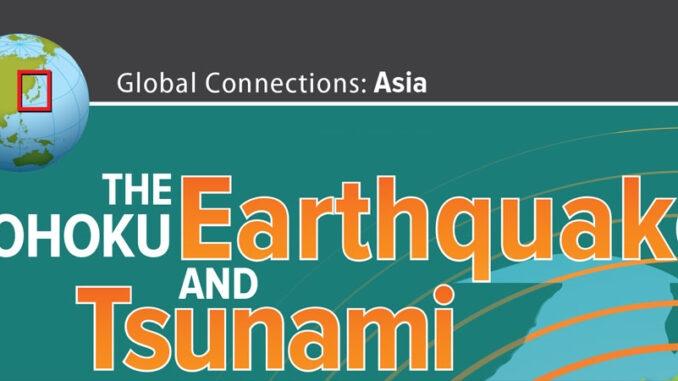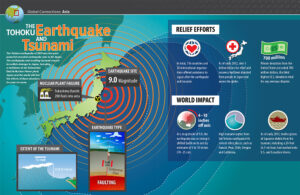

As long as there has been nature there have been natural disasters. They can strike in an instant, leaving in its wake of devastation that can take months and even years to clean up. Luckily, we live in a country with the fundamental capabilities to support its citizens in crisis. Those not able to help themselves rely largely on humanitarian efforts of foreign governments and international charity organizations.
Recovery from a natural disaster typically begins with a declaration of a “state of emergency.” This process varies from state to state and is typically made by the governor or the U.S. president. This official act allows for a number of things to happen, including federal services. Below are some of the most common first responders.
Federal Emergency Management Agency (FEMA) – This government agency was created in 1979 by President Jimmy Carter for the purpose of responding to disasters that happen within the United States and it’s territories that overwhelm the resources of state and local authorities. Through its ten regional offices across the country, FEMA coordinates evacuation efforts and shelter for victims, as well as access to low interest loans to small business owners for rebuilding. After the terrorist attack of 9/11/01, the department was absorbed by the Department of Homeland Security. Many believe FEMA got overshadowed by concerns of national defense. The agency was loudly criticized over their inadequate handling of Hurricane Katrina in 2005, but seemed to operate better in its response to hurricane Sandy in 2011.
The National Guard – This division of the both the U.S. Army and Air Force (also called the Reserves) is made up of volunteers who can be called to serve in times of war. Most of the time, the National Guard troops are under the control of the individual states and can be called upon by local governments to help assist in emergency situations like natural disasters. These soldiers train one weekend a month plus a two-week period each year. Among the things they are trained for are reinforcing dams to hinder flooding, putting out fires, transporting supplies and administering first aid.
The Red Cross – This humanitarian aid organization, affiliated with the International Federation of Red Cross and Red Crescent Societies, provides assistance to those affected by disaster. They also provide community services, educational programming and blood donation. In the event of a tornado, hurricane, flood, explosion or other disaster, the Red Cross sends out Emergency Response Vehicles to survey damage and provide relief supplies such as food, personal items. They create safe shelters for people to stay and treat the injured with specialized care. The Red Cross trains a large corps of volunteers across the country ready to deploy when needed.
Recovery Update

Some of the biggest natural disasters in the 21st century include earthquakes (Haiti, 2010), tsunamis (Indian Ocean, 2004 and Japan, 2011), hurricanes (Katrina, 2005 and Sandy, 2012), tornados (Joplin, MO 2011) and wildfires. The recovery efforts in all of these incidents are widely varied based on the type of natural disaster, location and unique problems caused by the disaster. Access to clean water and sanitation, for example, remains a fundamental problem in Haiti. In Japan, the failure of the Fukushima Nuclear power plant continues to hinder recovery efforts because of risk of radiation exposure.
